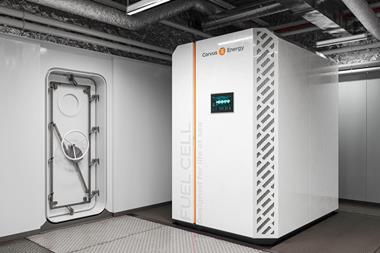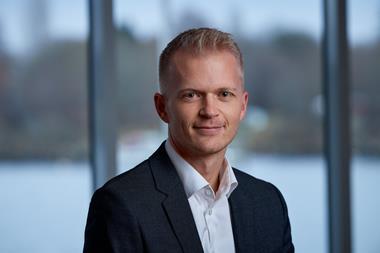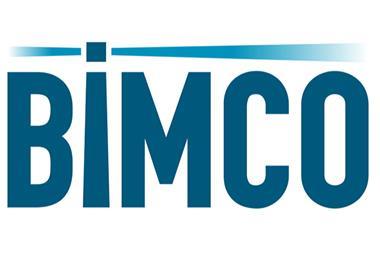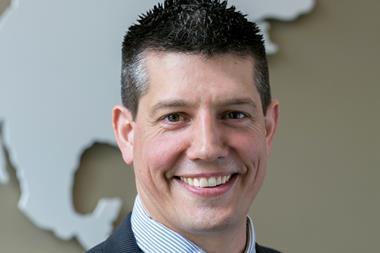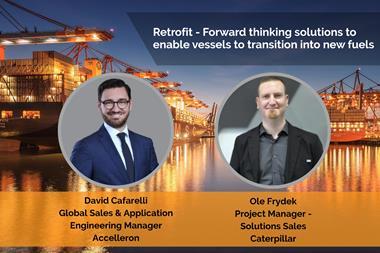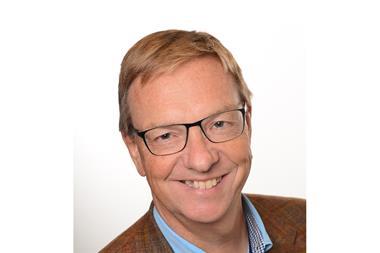While technologies and supply infrastructure for methanol, hydrogen and ammonia fuel are emerging, the decarbonisation of LNG generated significant interest amongst delegates.
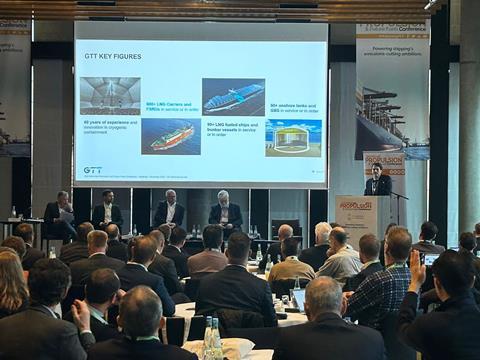
Liquefied natural gas (LNG) users threw down the gauntlet to alternative fuel advocates during a fiery first session on day two of The Motorship’s 44th Propulsion & Future Fuels Conference. Despite one panellist acknowledging that LNG was a ‘burnt fuel’ - referring its reputation after methane slip emerged as an issue - shipowners Hapag-Lloyd and Carnival Group stood staunchly behind the fuel as they outlined plans to transition to carbon-neutral synthetic and biological variants.
Captain Michael Behmerburg, Global Fuel Purchasing, Director Green Fuels, Hapag-Lloyd AG, revealed that the company plans is investing significantly in gas fuelled feeder vessels. New vessels on the water by 2025 will translate to a demand for more than 300,000 tonnes of LNG a year, which the operator hopes will be fulfilled in large part by bio-methane.
However, he noted that bio-methane would not make sense if the renewable electricity needed to liquefy it was from Northern Europe, with high electricity prices. Instead he said the company was looking a ‘virtual liquefaction’ of biomethane through the pan-European energy grid, with biomethane potentially liquefied in Spain at cheaper energy prices. Virtual liquefaction relies on pooling of liquefied gas in several locations for accounting purposes, helping to level the cost and availability of gas.
Another challenge beyond energy prices for liquefaction is competing demand for bio-methane from other sectors. In particular, said Tom Strang, SVP Maritime Affairs, Carnival Corporation, competition from the green methanol sector was ‘unhelpful’.
Strang noted that 20% of Carnival’s ships by passenger capacity run on LNG after the fuel was originally selected for its air pollution benefits, rather than for its greenhouse gas emissions potential. Now the company is considering bio-methane among several alternatives to decarbonise its fleet. Those options including retrofitting LNG vessels for methanol fuel, a forthcoming pilot project using methane oxidation catalysts and plasma abatement technologies.
In the same session, Can Murtezaoğlu, Business Development Manager EMEAI, GTT, stated the gas containment company’s belief that LNG, rather than an early switch to fossil methanol, was the best transition to carbon-neutral fuel.
“Switching to methanol will mean more emissions and more cost,” he said, citing figures showing that a large containership would emit 350,000 more tonnes of CO2e across its life if fuelled with fossil methanol, while the owner would pay around US$400 million more for fuel.
Throughout the day that assertion was challenged repeatedly by experts involved in the development of alternative fuel technologies, notably for methanol, ammonia and hydrogen. For methanol, Greg Dolan, Chief Executive Officer, Methanol Institute showed how development of green methanol production capability was being scaled up rapidly on the back of increasing vessel orders. He argued that all fuel options should be considered as part of a spectrum needed to fulfil shipping’s needs, rather than as a binary, competitive choice.
The methanol case was brought to light with real-life lessons from securing a supply chain for the first methanol-fuelled container ships, from Christian Skoudal Løth, Senior Project Manager, Machinery dept, Maersk. The learnings of methanol bunkering experience, presented by Barend van Schalkwyk, Business Development Director, OCI Global, rounded off a session that highlighted how fast maritime methanol readiness is maturing.
A dedicated ammonia session showed a different picture, with engine technology just reaching commercialisation and the formidable safety challenges still very real. Marcel Ott, General Manager Applications and Technical Sales, WinGD discussed progress towards the first two-stroke ammonia-fuelled engines, while Christian Kunkel, Head of Combustion Development, MAN Energy Solutions highlighted a research programme that would bring its four-stroke ammonia engine to fruition by 2025. But as pointed out by Claus Winter Graugaard, Chief Technology Officer – Onboard Solutions, Maersk McKinney Moller Center for Zero Carbon Shipping, the toxic risks associated with the fuel need much wider and coordinated attention before such engines are deployed.
Hydrogen has often been discounted as a fuel for the deep-sea fleet given handling concerns, but a new concept of cracking either methanol or ammonia to hydrogen could alter that preconception. Christian W. Berg, Managing Director, Amogy Norway, presented the NH3 Kraken project, using ammonia cracking technology to power a hydrogen fuel cell. The vessel will be in the water shortly, offering a first case of an ammonia-fuelled – if not ammonia-powered - vessel.
Beyond fuels, there was time on the second day of the conference to consider a range of other industry decarbonisation solutions. Carbon capture was widely predicted by delegates to play a key role in meeting industry targets, but there was much debate about how carbon markets for the captured carbon could look – a key factor in the viability of the technology. And retrofitting efficiency and emissions solutions was given its own session, with both MAN Energy Solutions and Wärtsilä highlighting how the existing fleet could be upgraded to meet upcoming targets.

